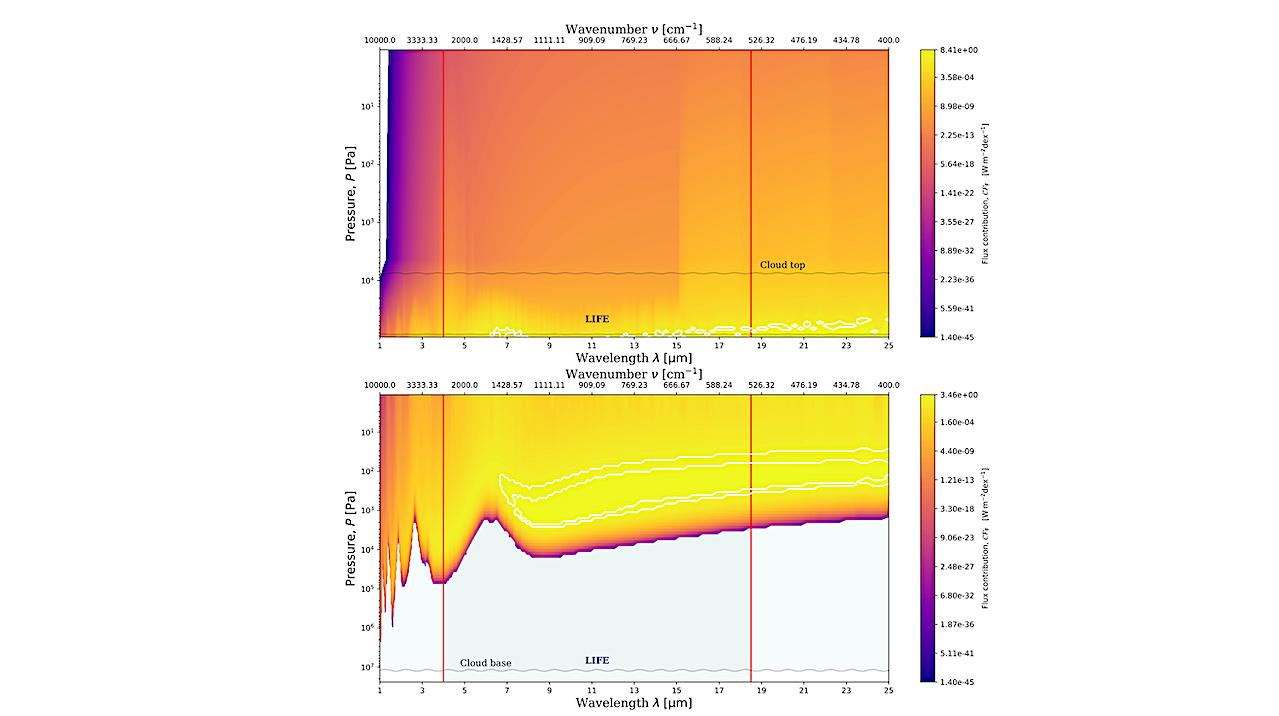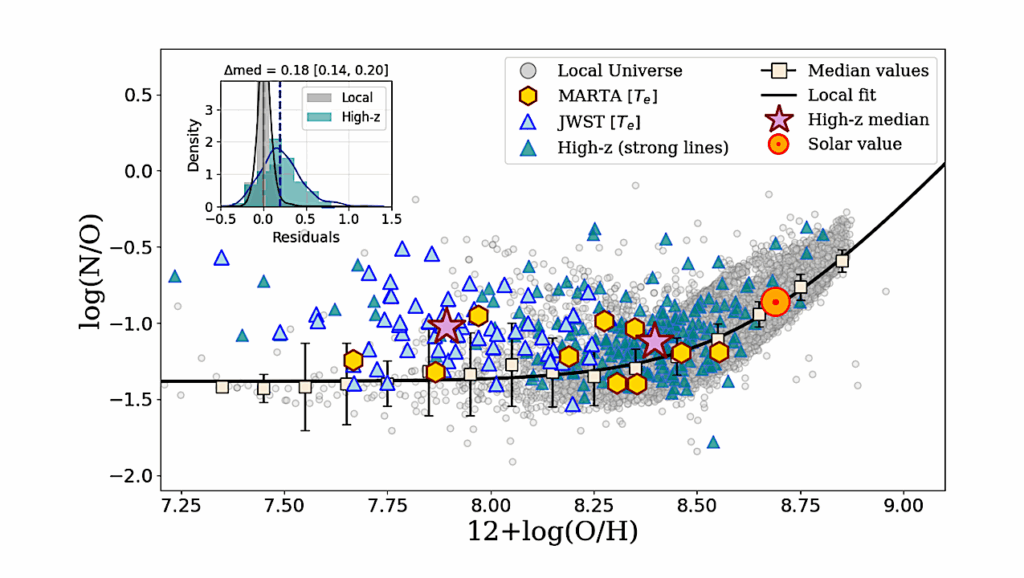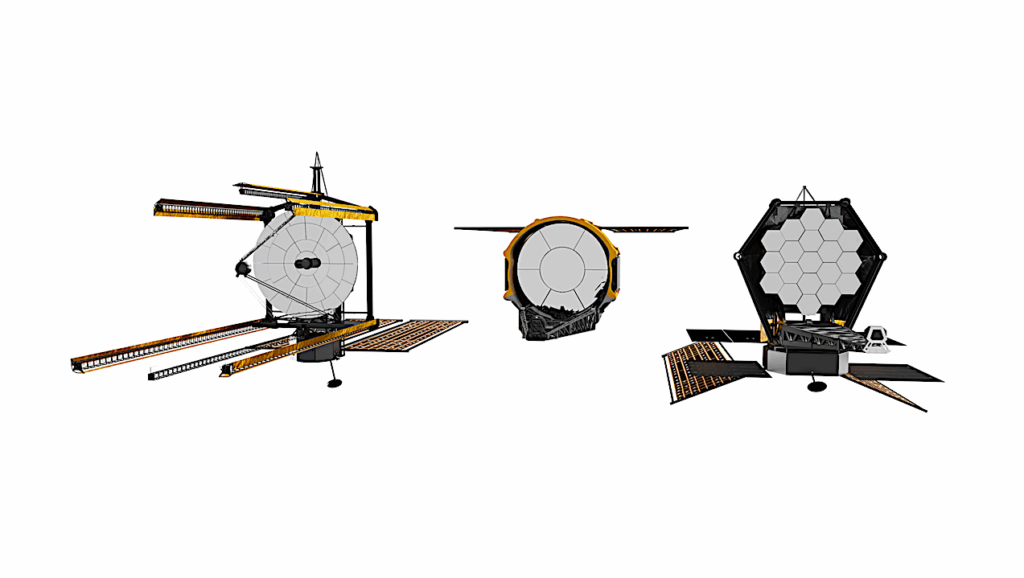The Impact Of Water Clouds On The Prospective Emission Spectrum Of Teegarden’s Star b As Observed By LIFE

Non-transiting terrestrial planets will be accessible by upcoming observatories of which LIFE is an example.
Planet b orbiting Teegarden’s Star is one of the optimal targets for such missions. We use a one-dimensional atmospheric model with real-gas radiation, a multi-species pseudo-adiabatic convection-condensation scheme, and a water cloud scheme, to estimate the impact of the cloud coverage on the emission spectrum of the target, as well as to assess how sensitive LIFE could be to changes in outgoing flux caused by these clouds.
Though the emergent flux decreases with a higher cloud coverage, it does not decrease by more than one order of magnitude as the coverage increases from 0% to 90%. This allows LIFE to retain a high sensitivity to the cloud cover fraction for wavelengths longer than 7 microns.
In this spectral range, with at least 1 bar of N2, LIFE is able to distinguish cloud cover fractions as small as 10% given an integration time of 24 hours, and yields much better precision with a week-long integration.
An integration time of one week also allows the resolution of local variations in spectral flux, which can lead to an easier molecule identification. This ability remains if the planet is a CO2-dominated Venus analog. Partial pressures of N2 lower than 1 bar may create a degeneracy with the cloud cover fraction.
LIFE shows promising potential for detecting and characterizing atmospheres even with a high cloud coverage, and retaining a fine sensitivity to relatively small differences in cloud cover fractions.
Ryan Boukrouche, Rodrigo Caballero, Markus Janson
Subjects: Earth and Planetary Astrophysics (astro-ph.EP)
Cite as: arXiv:2411.07922 [astro-ph.EP] (or arXiv:2411.07922v1 [astro-ph.EP] for this version)
https://doi.org/10.48550/arXiv.2411.07922
Focus to learn more
Submission history
From: Ryan Boukrouche
[v1] Tue, 12 Nov 2024 16:54:41 UTC (2,216 KB)
https://arxiv.org/abs/2411.07922
Astrobiology








